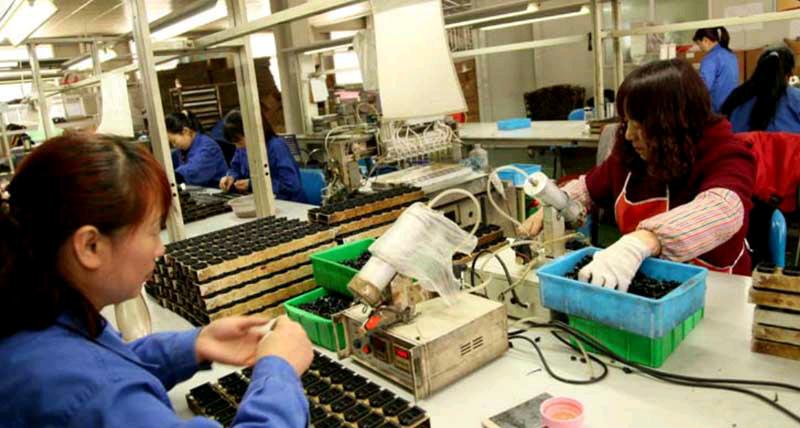Successful Experience With Shaanxi Poverty Alleviation
2016-05-30byZhaoZhengyong
by+Zhao+Zhengyong
The province of Shaanxi in western China has territory of 205,800 square kilometers, of which 80 percent are located in the worlds largest gully loess plateau and mountainous areas of the Qinling Mountains, a natural boundary between northern and southern China. By 2010, with 9.3 million of its population living below the provincial poverty line of per capita net annual income of 2,500 yuan, Shaanxi was Chinas “leader” in terms of impoverished population and poverty level.
In February 2015, Chinese President Xi Jinping visited Shaanxi and held a seminar on poverty alleviation for ShaanxiGansu-Ningxia old revolutionary areas in Yanan. Since then, the provincial government of Shaanxi has further reformed its philosophy and practices for poverty reduction, effectively improving conditions of its poverty-stricken areas. By the end of 2015, its
impoverished population had decreased to 3.3 million. Moreover, per capita net incomes of farmers in its poverty-stricken areas grew five percentage points higher than the average growth rate of the entire province.
The efforts that Shaanxi made to reduce poverty include:
Relocating the poor out of remote mountainous areas unsuitable to live. A primary reason behind poverty is that some inhabit remote mountainous gully areas with poor living conditions, harsh ecological environment and frequent natural disasters. In 2011, Shaanxi launched a migration plan aimed to relocate 2.99 million people living in remote mountainous areas and disaster-stricken areas within 10 years. Meanwhile, the province has adopted a policy to reduce poverty through developing industries and promoting employment, to help the poor radically change their former methods of production and living. Currently, except for historical villages preserving their appearances, all villages have been transformed into rural communities. To date, the province has relocated more than 1.7 million people from 496,000 families, including nearly 1.07 million from 280,300 poor households. These people now live in rural communities with better public services and living facilities. Furthermore, each poor household lacking income is allotted as much as 50 square meters of free housing.
Intensifying poverty alleviation through developing industries and promoting employment. Shaanxi is combining quick-acting poverty reduction projects with long-term strategies to ensure poverty-stricken areas develop advantageous industries and help impoverished households expand their incomes and see more job opportunities. In recent years, Shaanxi has focused on developing industries such as rural tourism, plantation, animal husbandry, fruit industry, and greenhouse vegetable cultivation that suit local conditions. Meanwhile, the province has taken actions to boost the service economy through supporting service industries like housekeeping, logistics, and senior care, strengthen support for migrant workers to start business in their hometowns, and provide jobs in public service sector, to ensure every household has at least one employed member with a stable income.
Promoting poverty reduction through educational develop- ment. Shaanxi has taken measures to develop education in its poverty-stricken areas to eradicate cross-generational poverty. Measures include exempting students from impoverished households from tuition and other fees and providing living allowances, scholarships, and education subsidies. The province has also launched a project to offer free trainings for poverty-stricken students who failed in college entrance examinations and urge local colleges and universities to expand enrollment of students from poverty-stricken areas. Moreover, Shaanxi has a program to increase the supply of teachers in poverty-stricken areas by forming a provincial rural teacher recruitment system, ensuring its poverty-stricken areas enjoy equal educational resources.
Guaranteeing poverty alleviation through social security policies. Illness is another major cause of poverty. Governments at various levels in Shaanxi are using the social security system to offer critical illness aid. The government provides funds to enable all of the poor to be covered by the new cooperative medical insurance, which is eliminating the phenomenon of poverty caused by illnesses. Presently, such policies enable some to receive annual per capita incomes ranging from 4,000 to 6,000 yuan. Considering land policies and additional poverty relief policies, it is certainly possible for Shaanxi to realize its goal to eradicate poverty by 2020.
